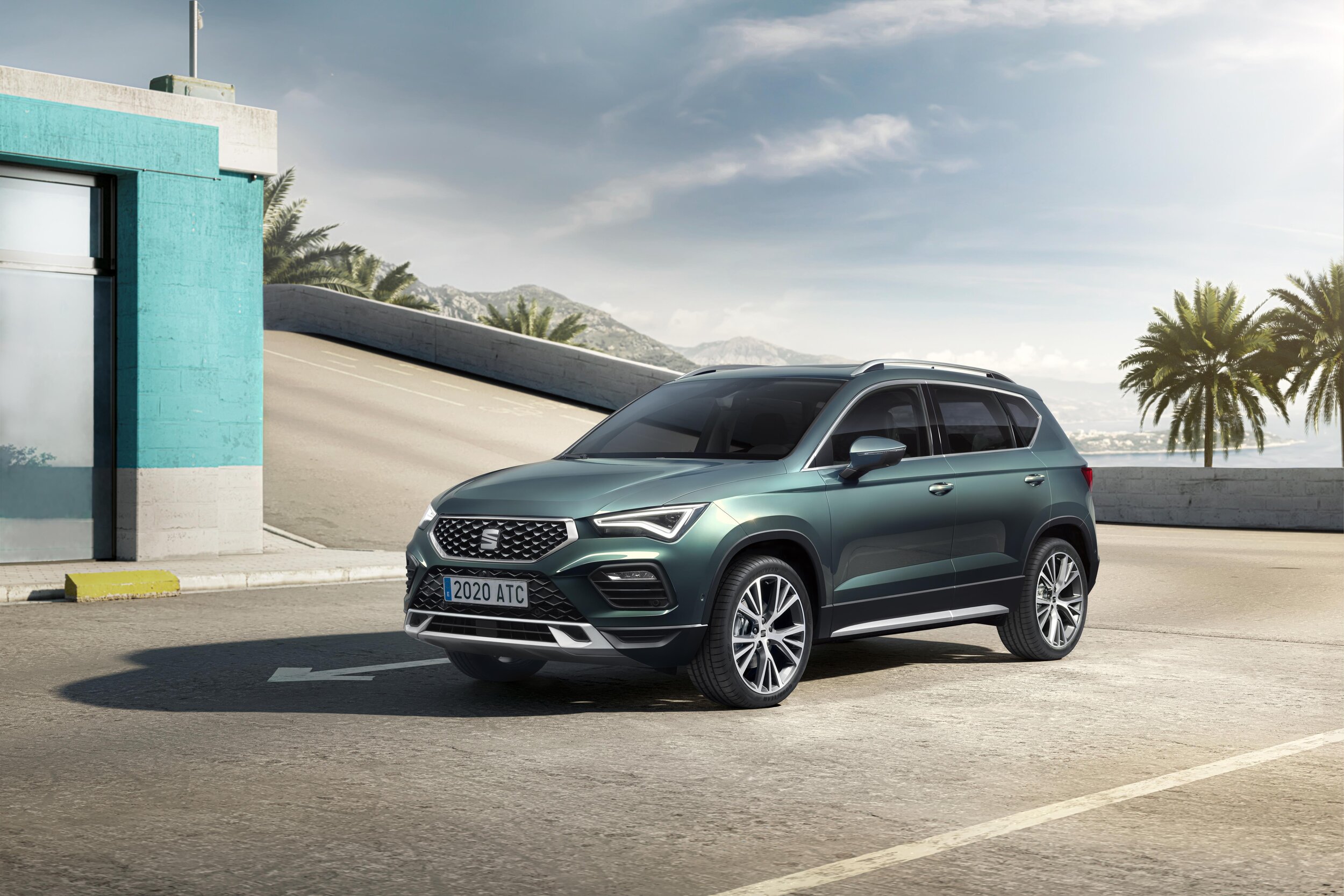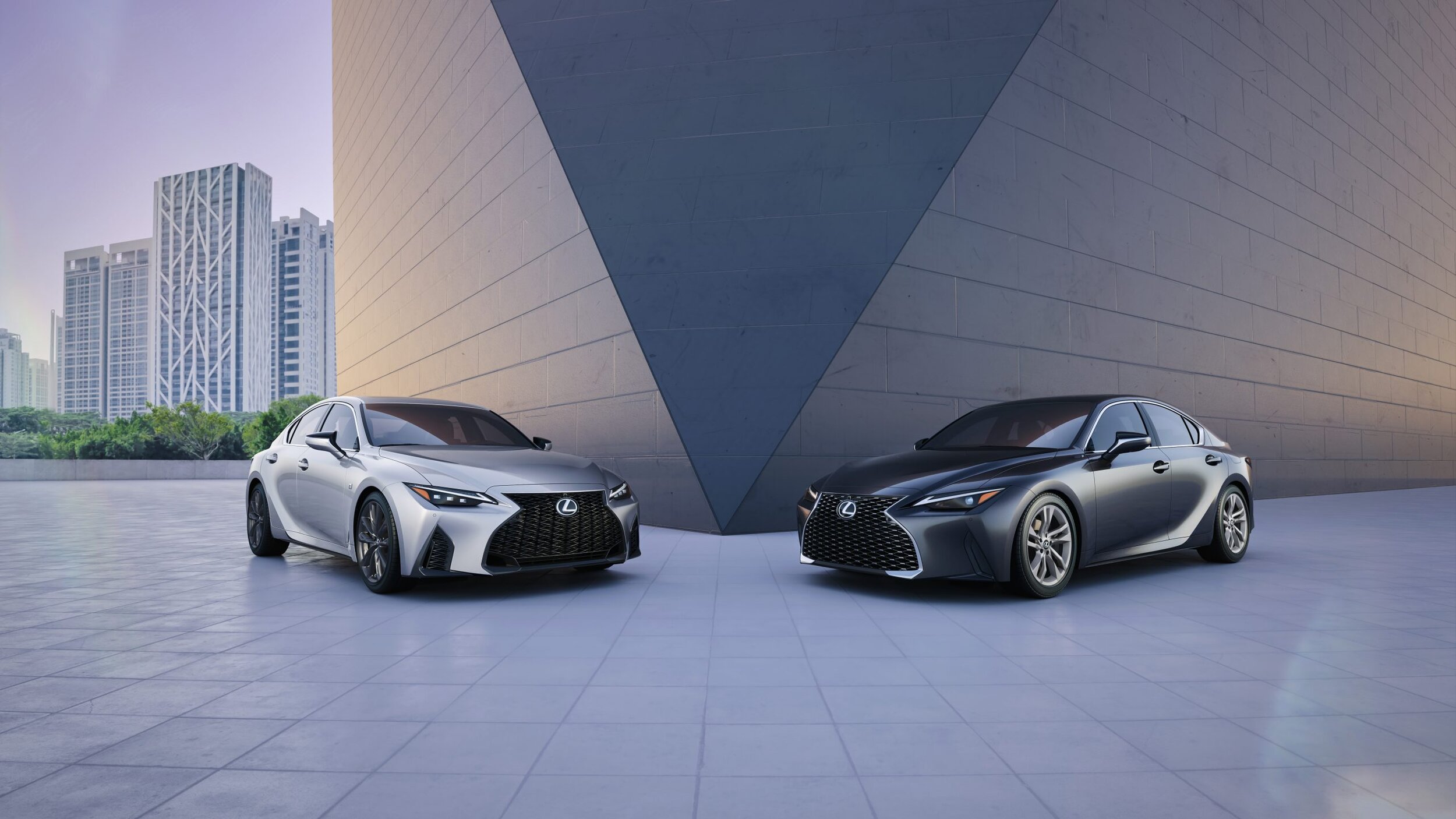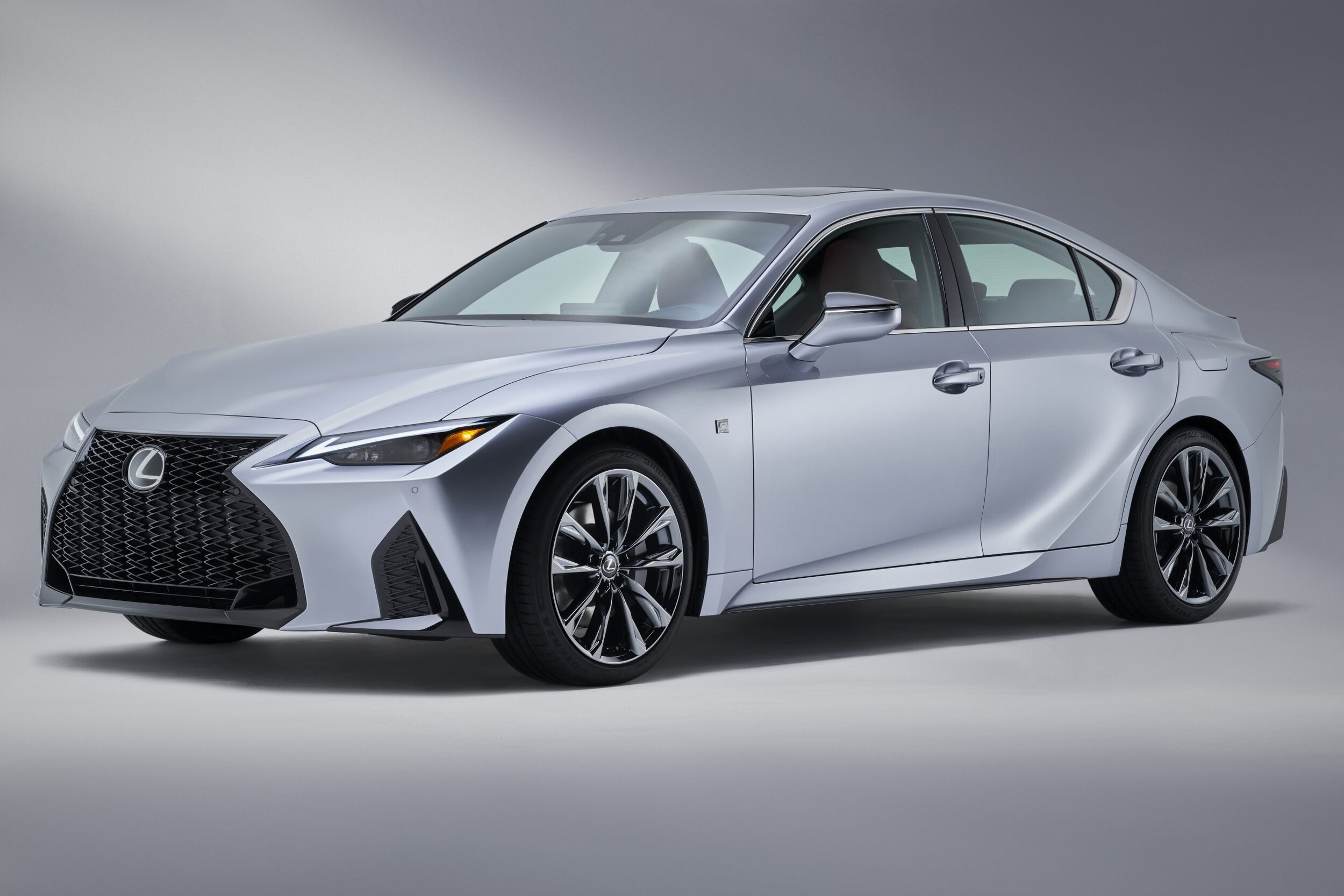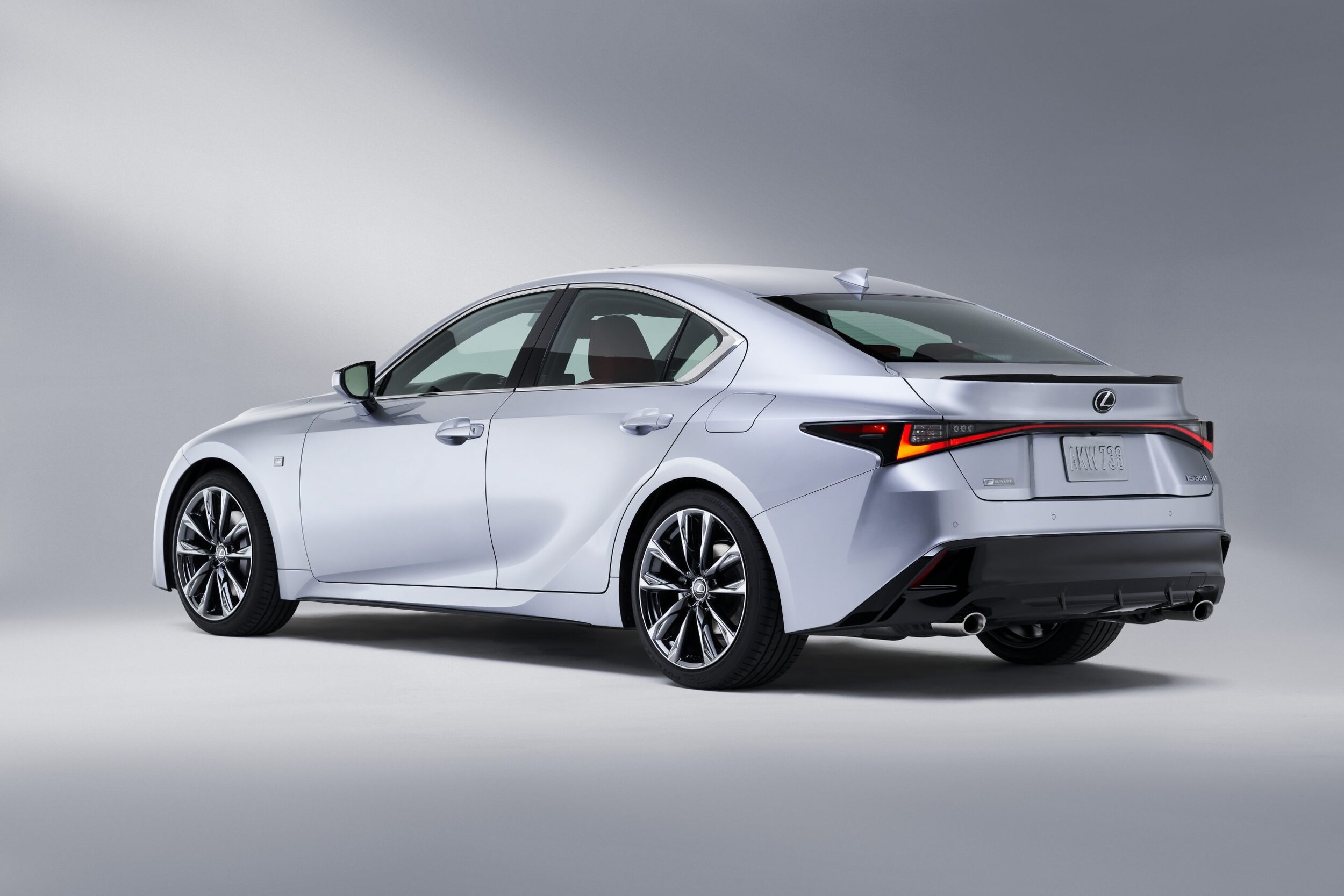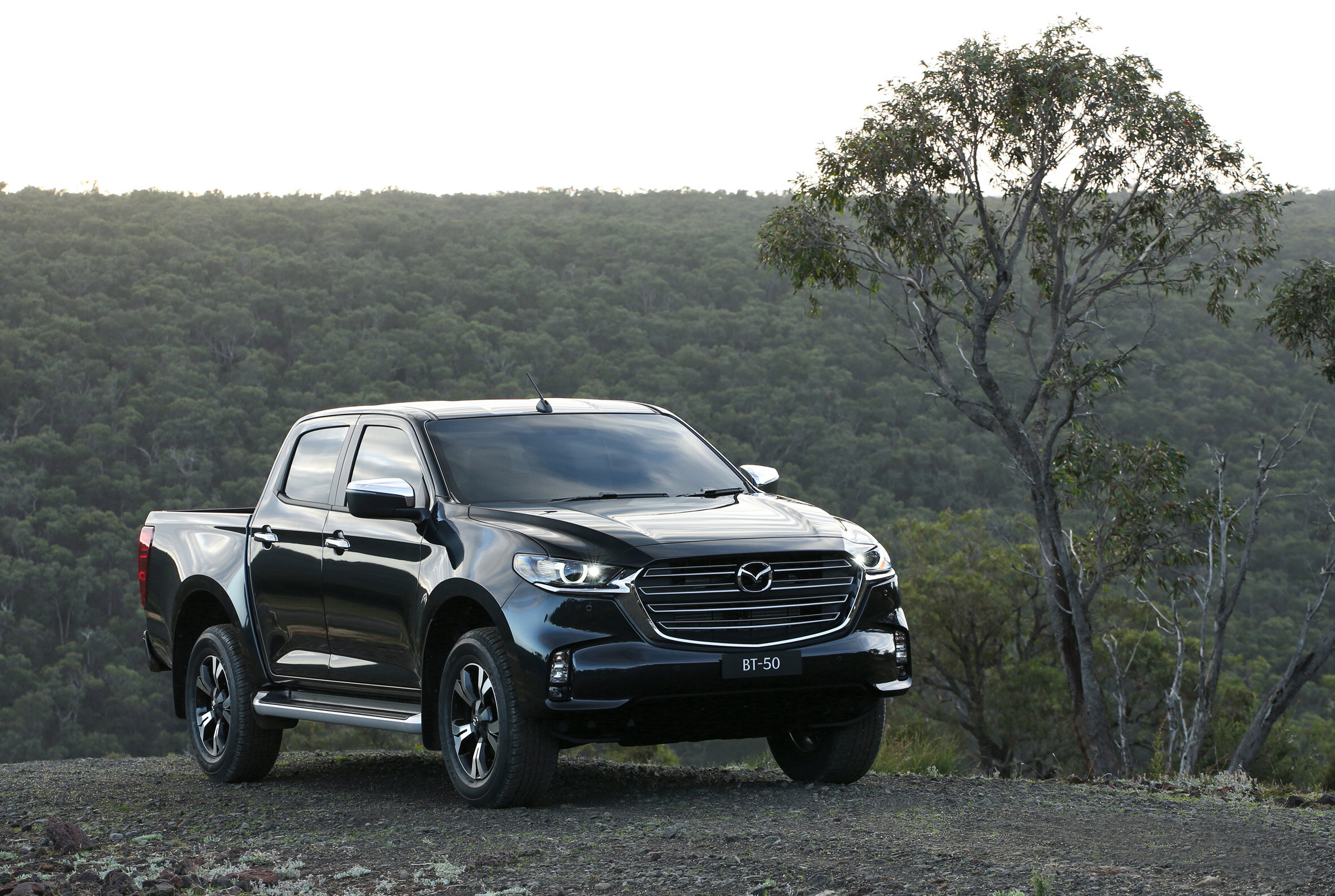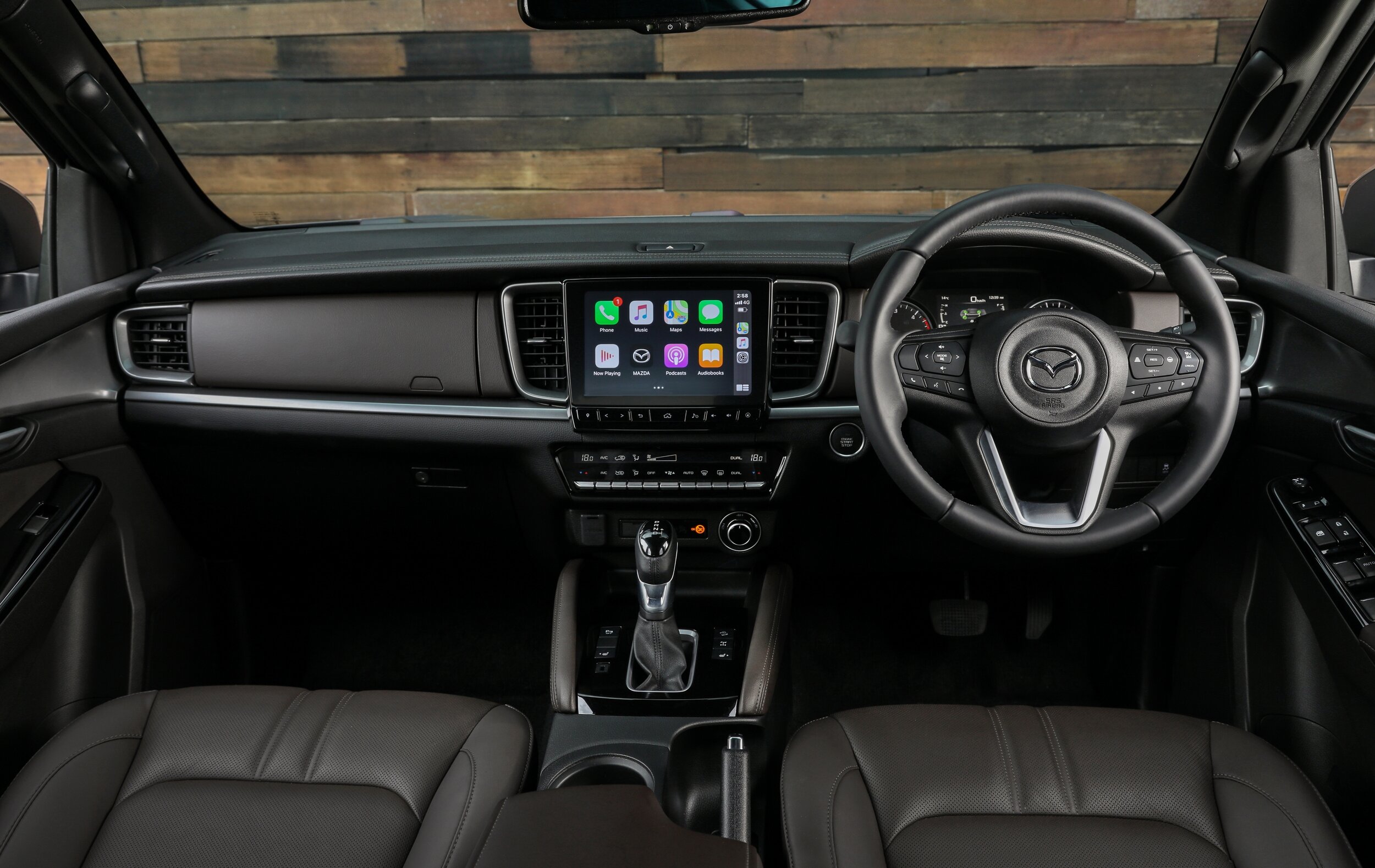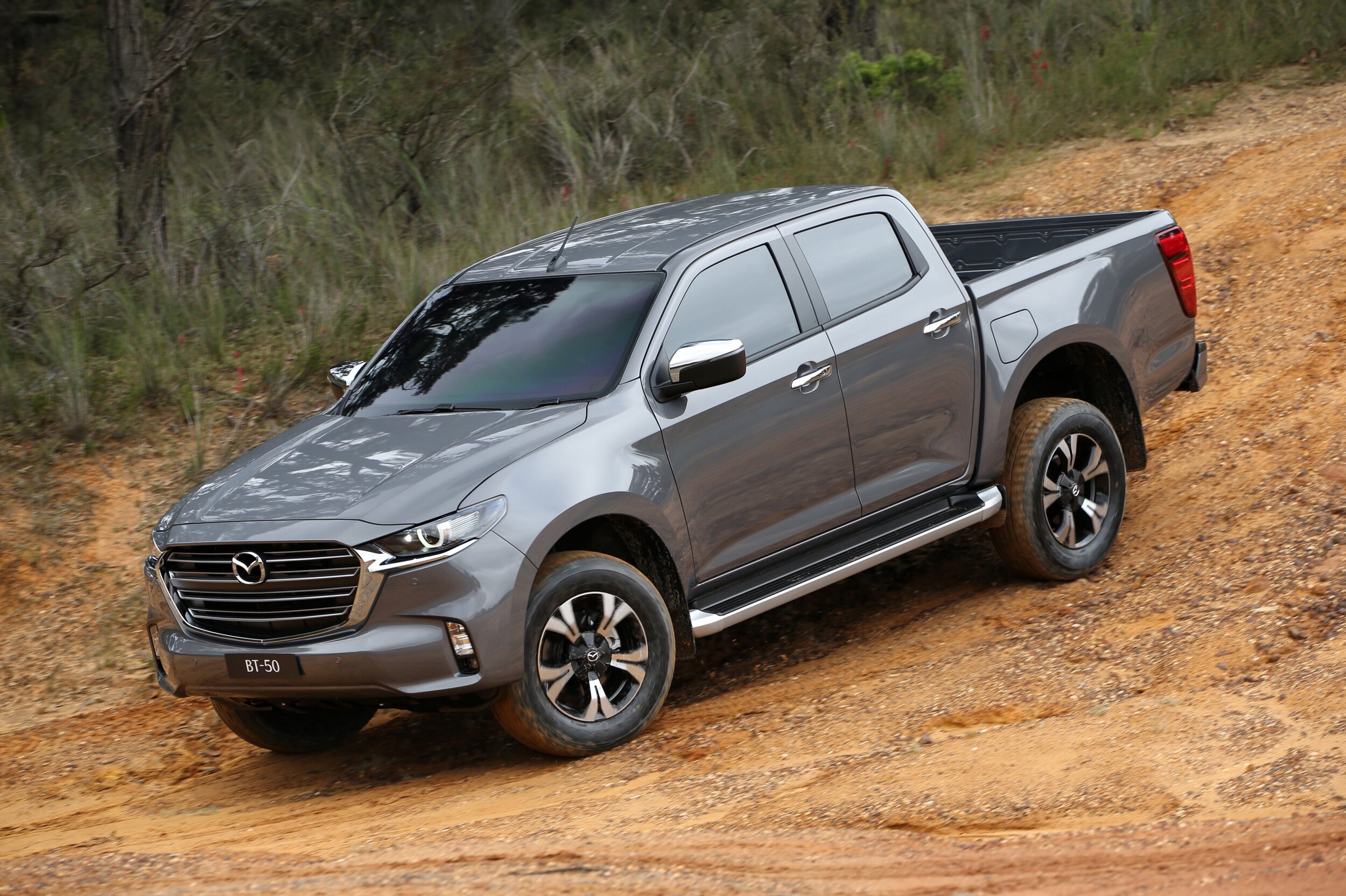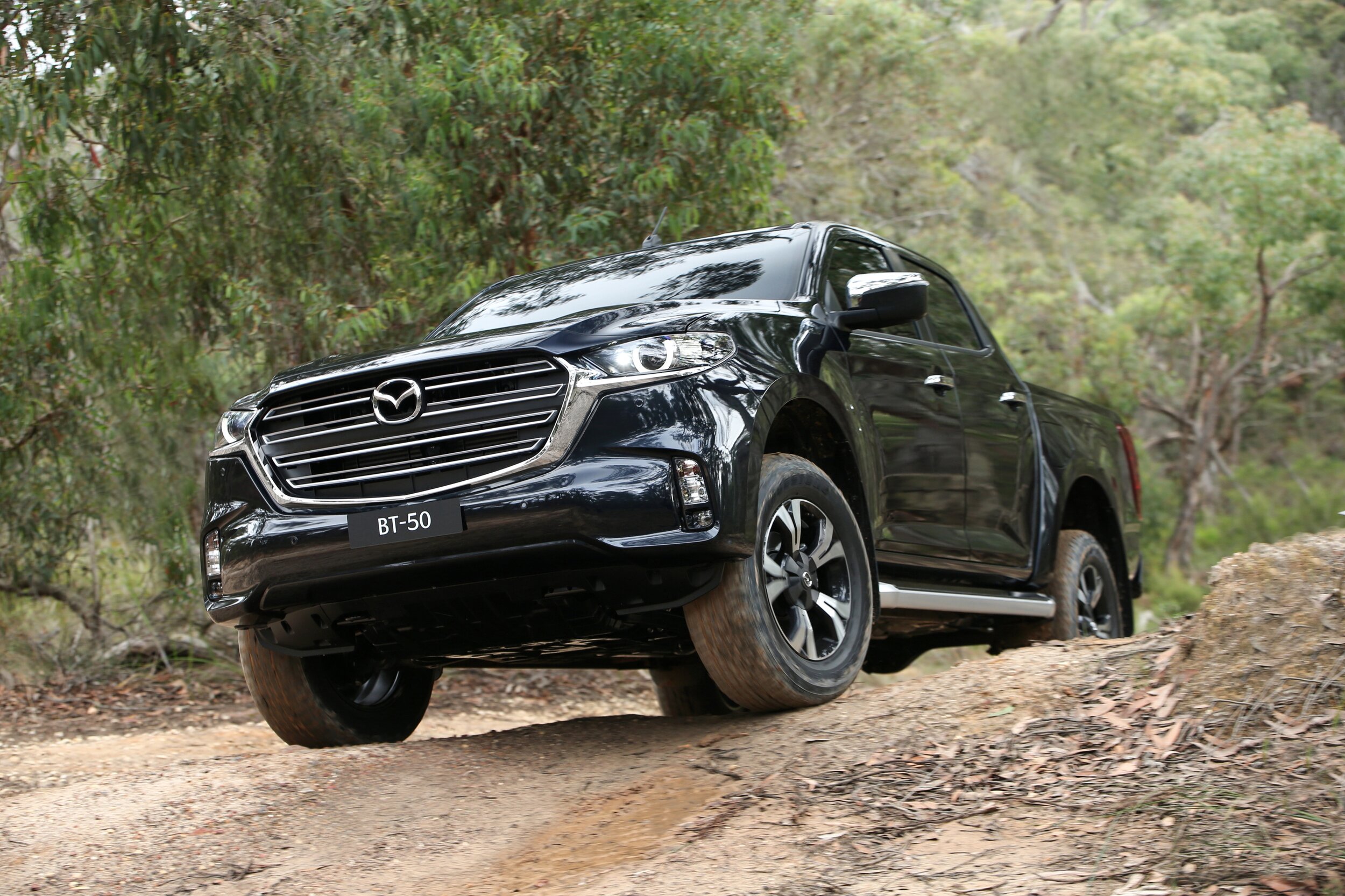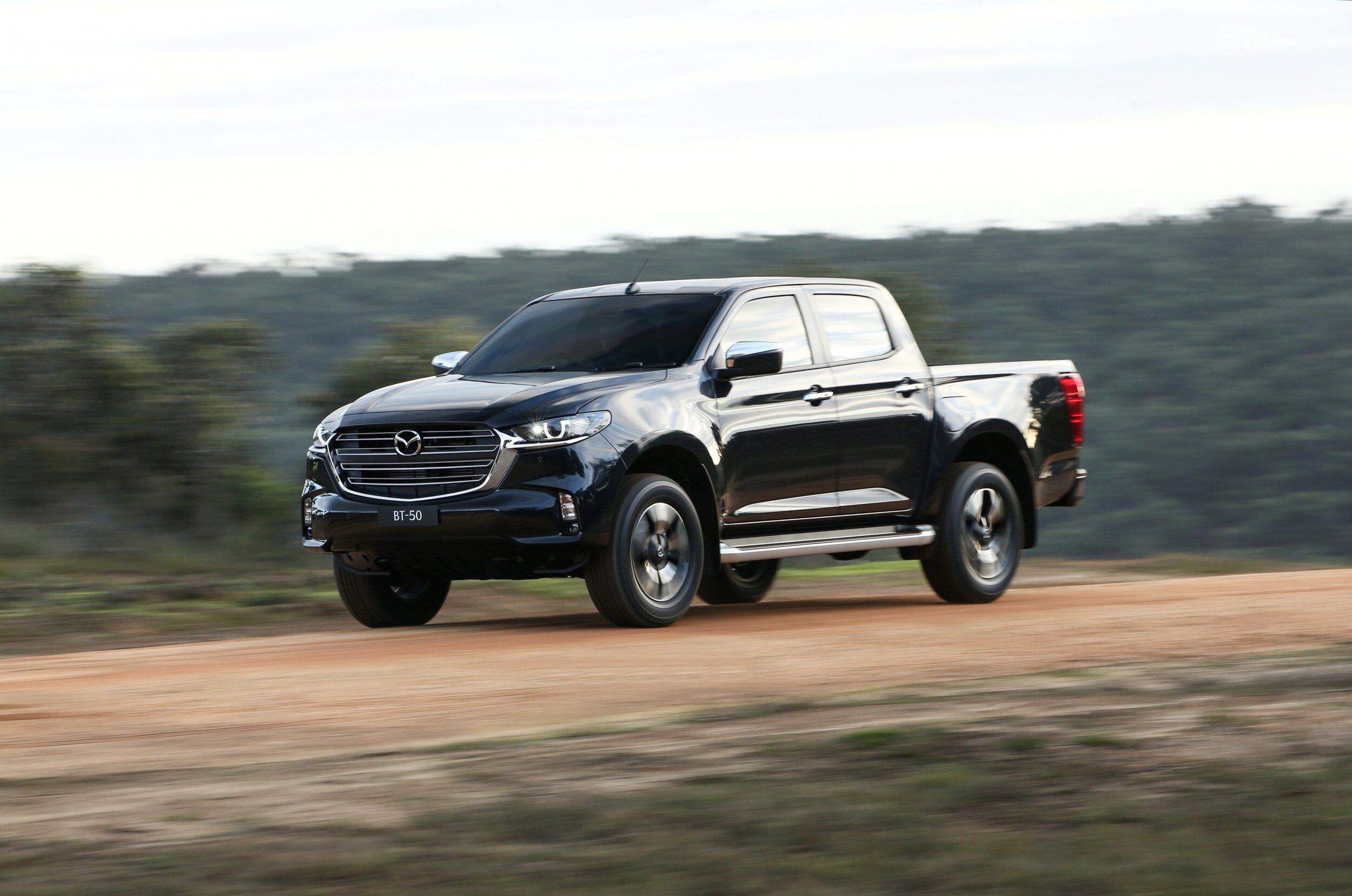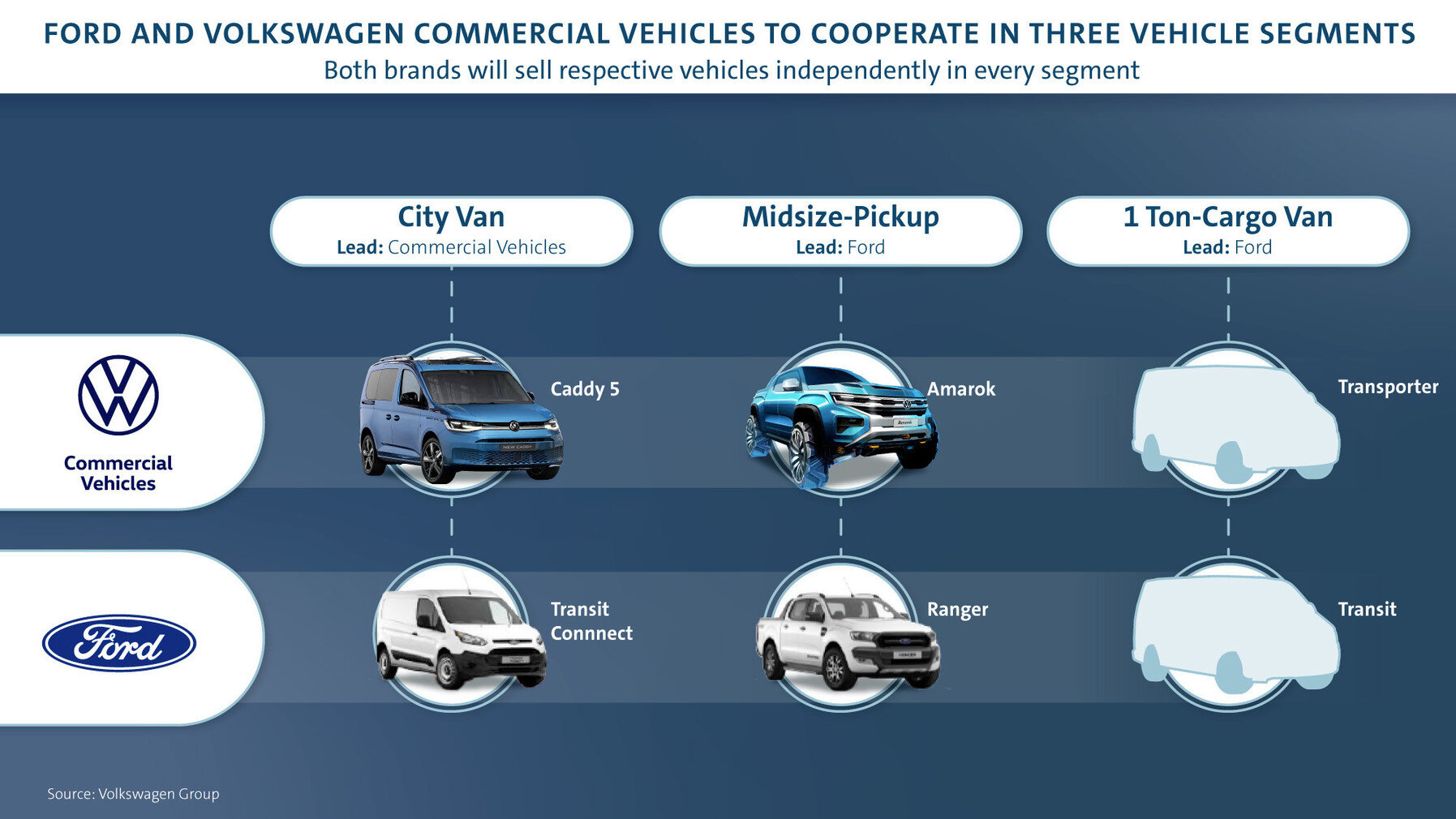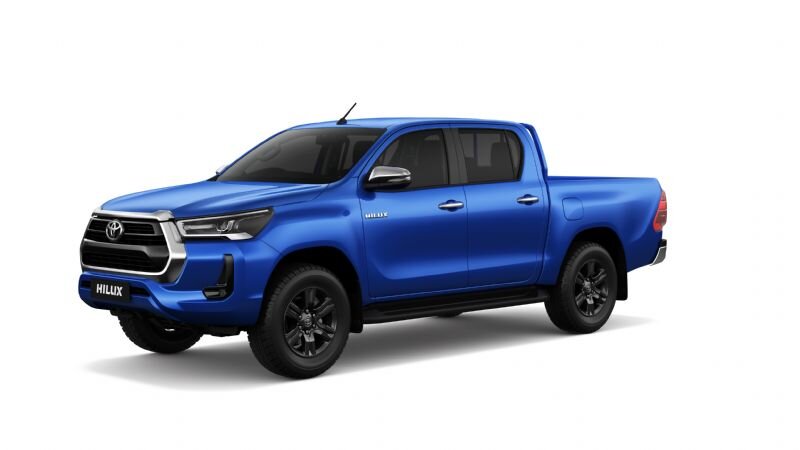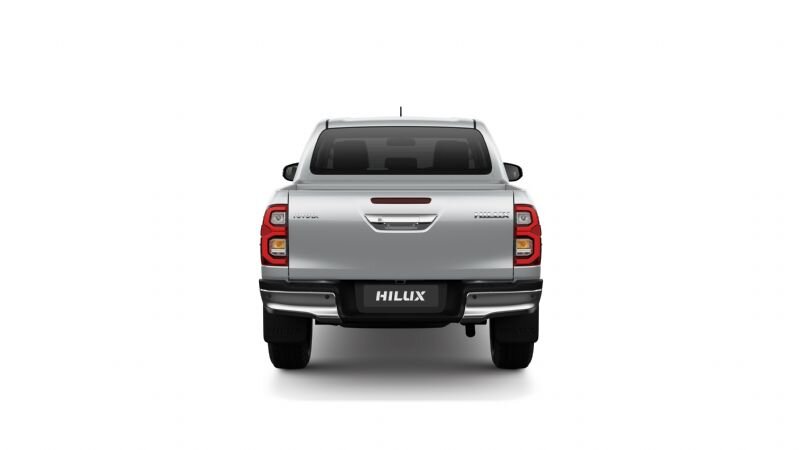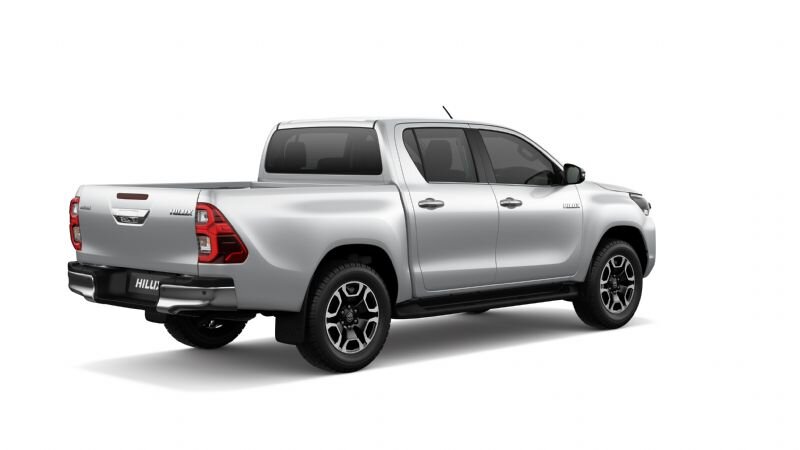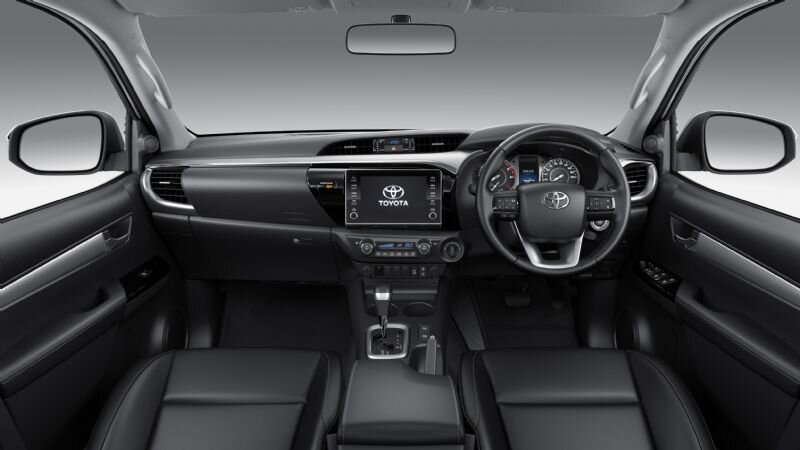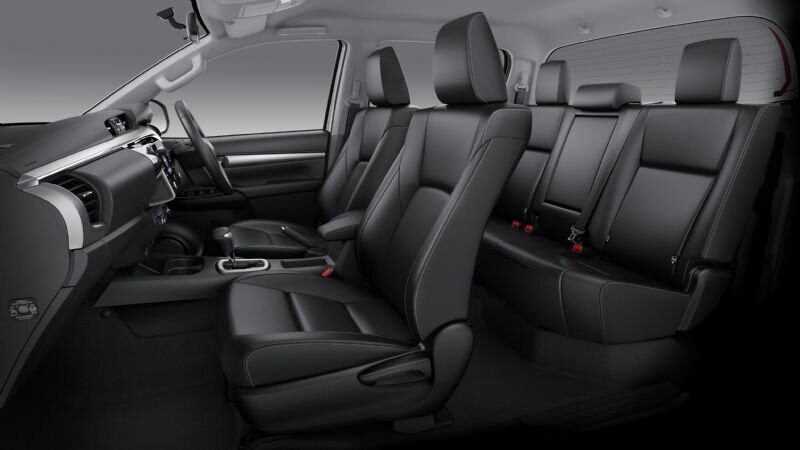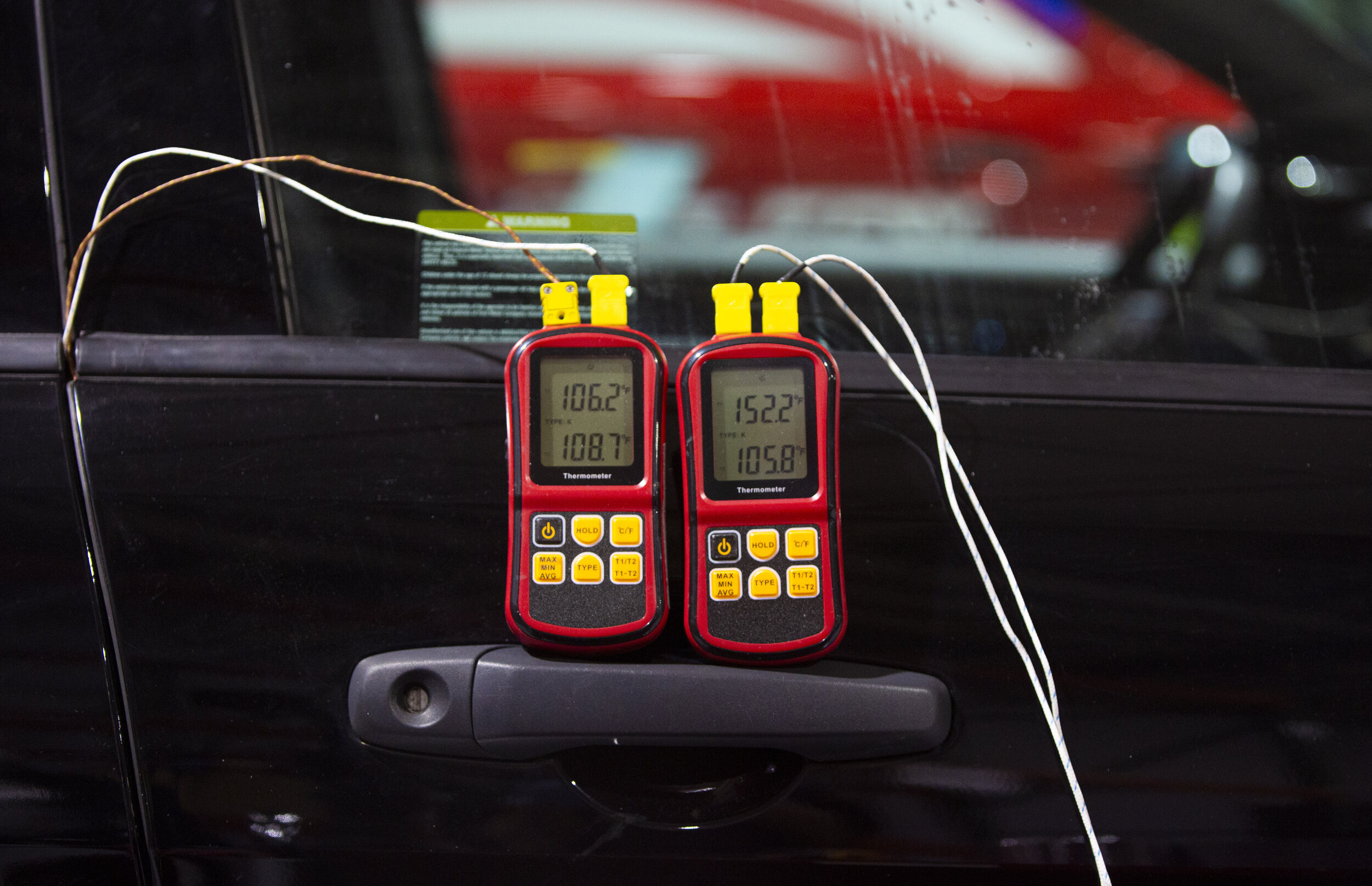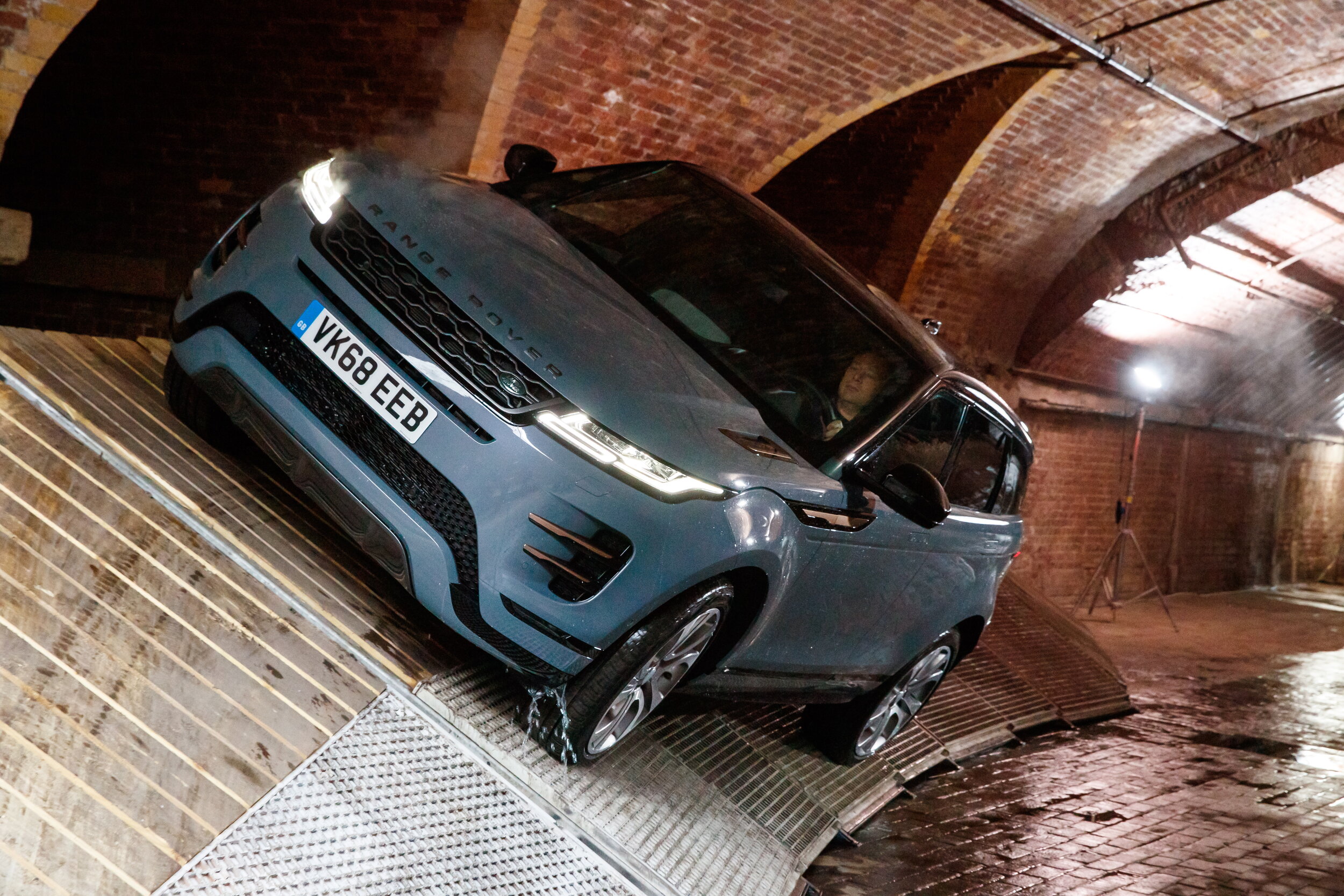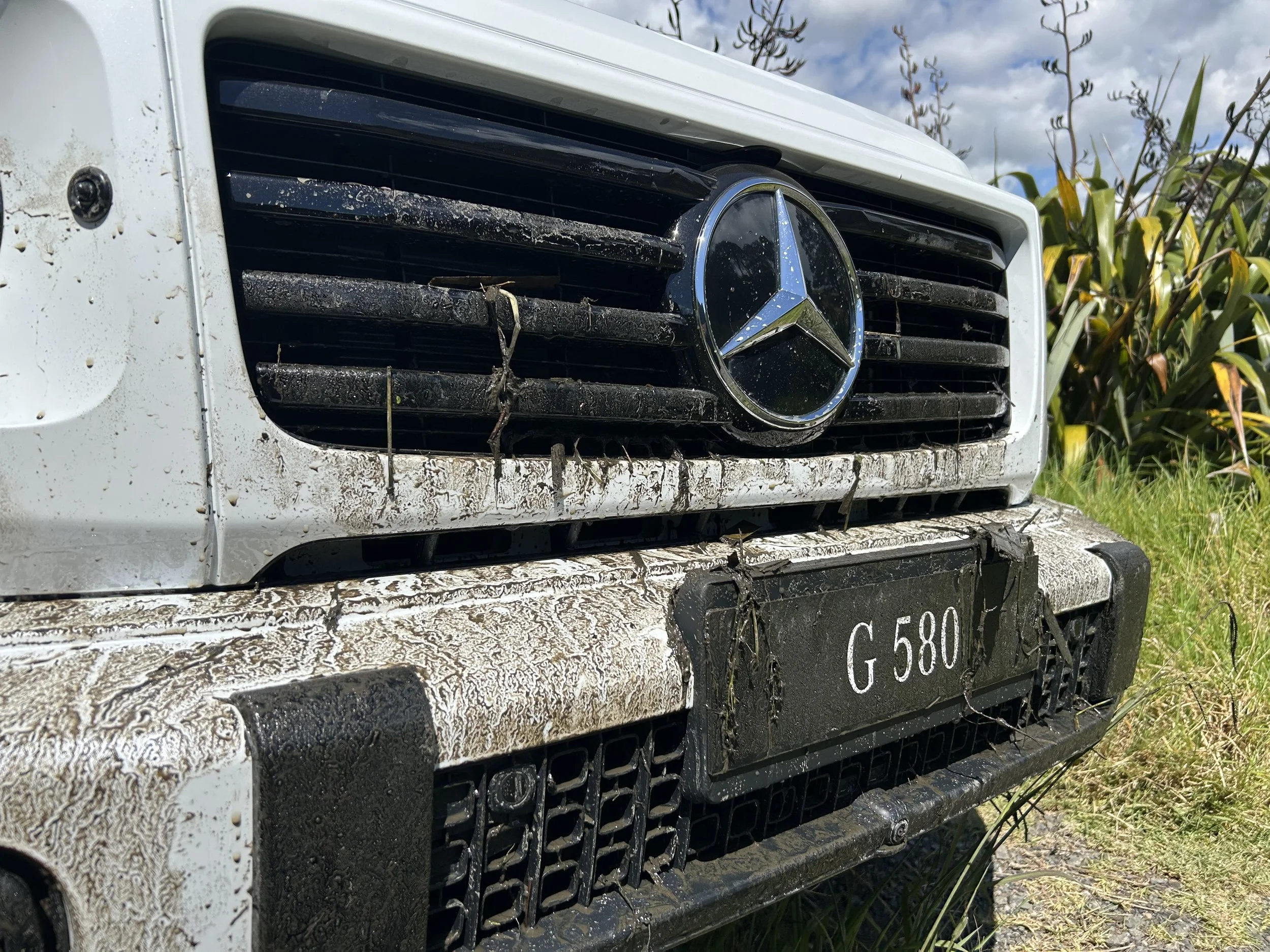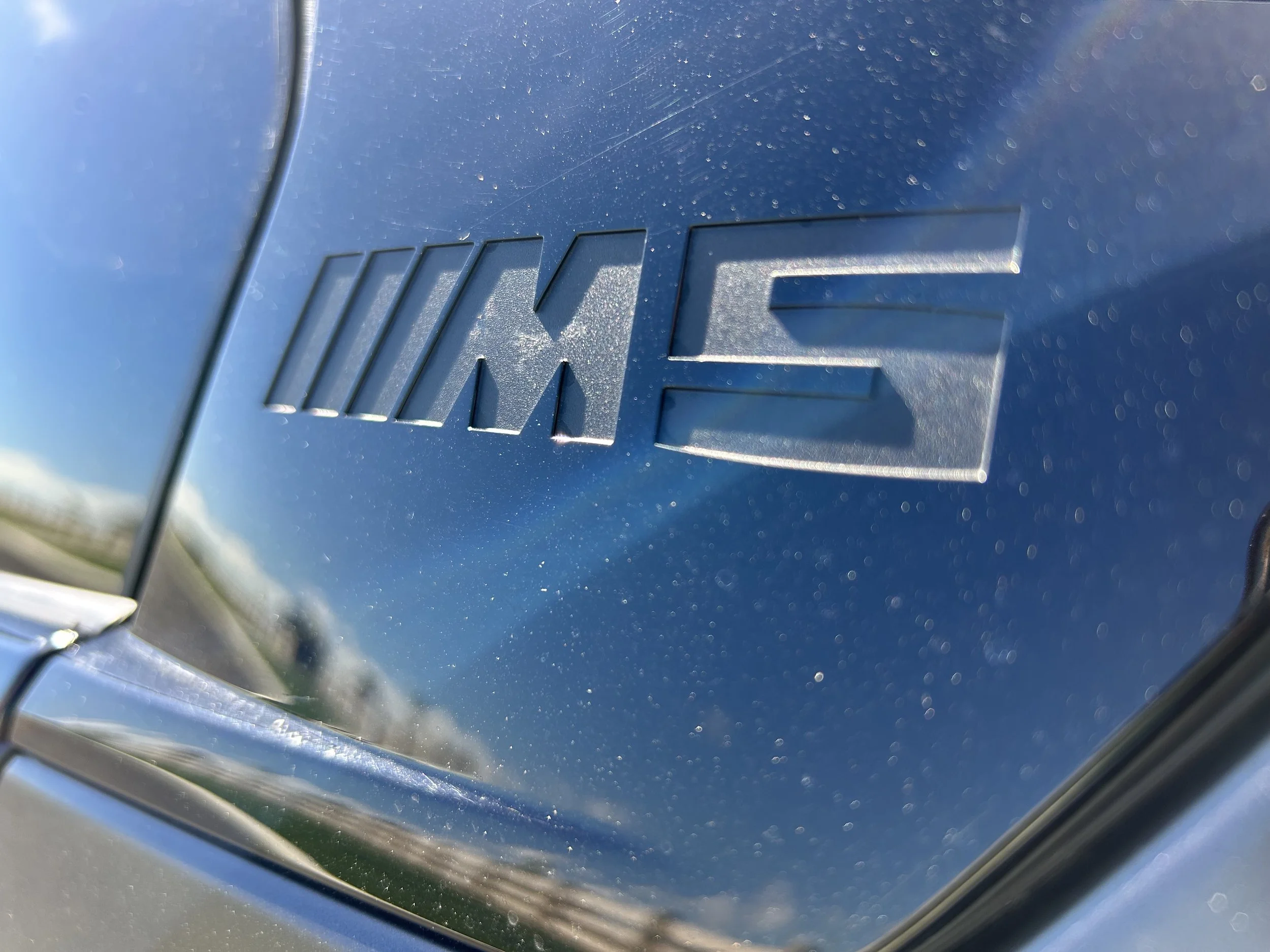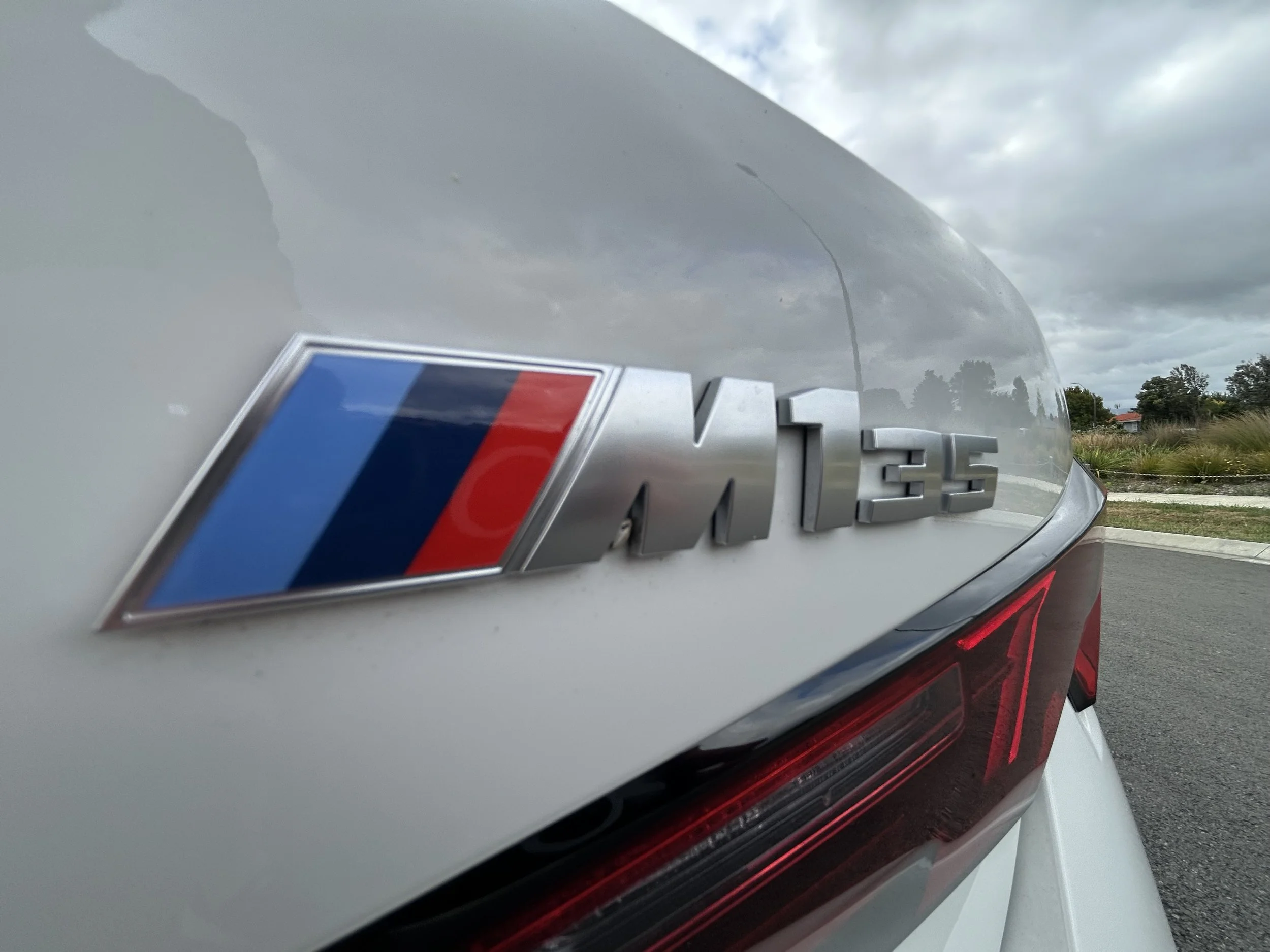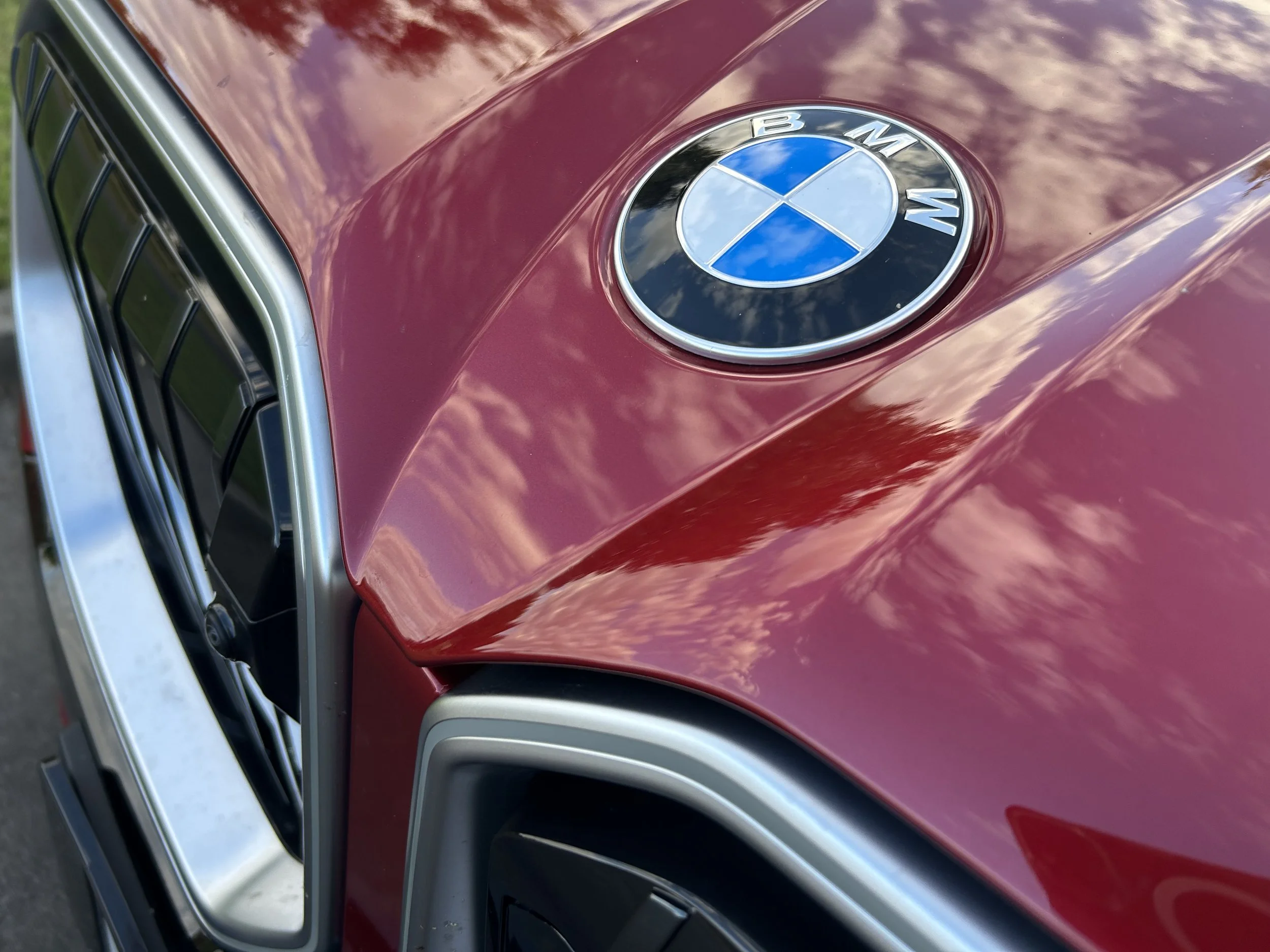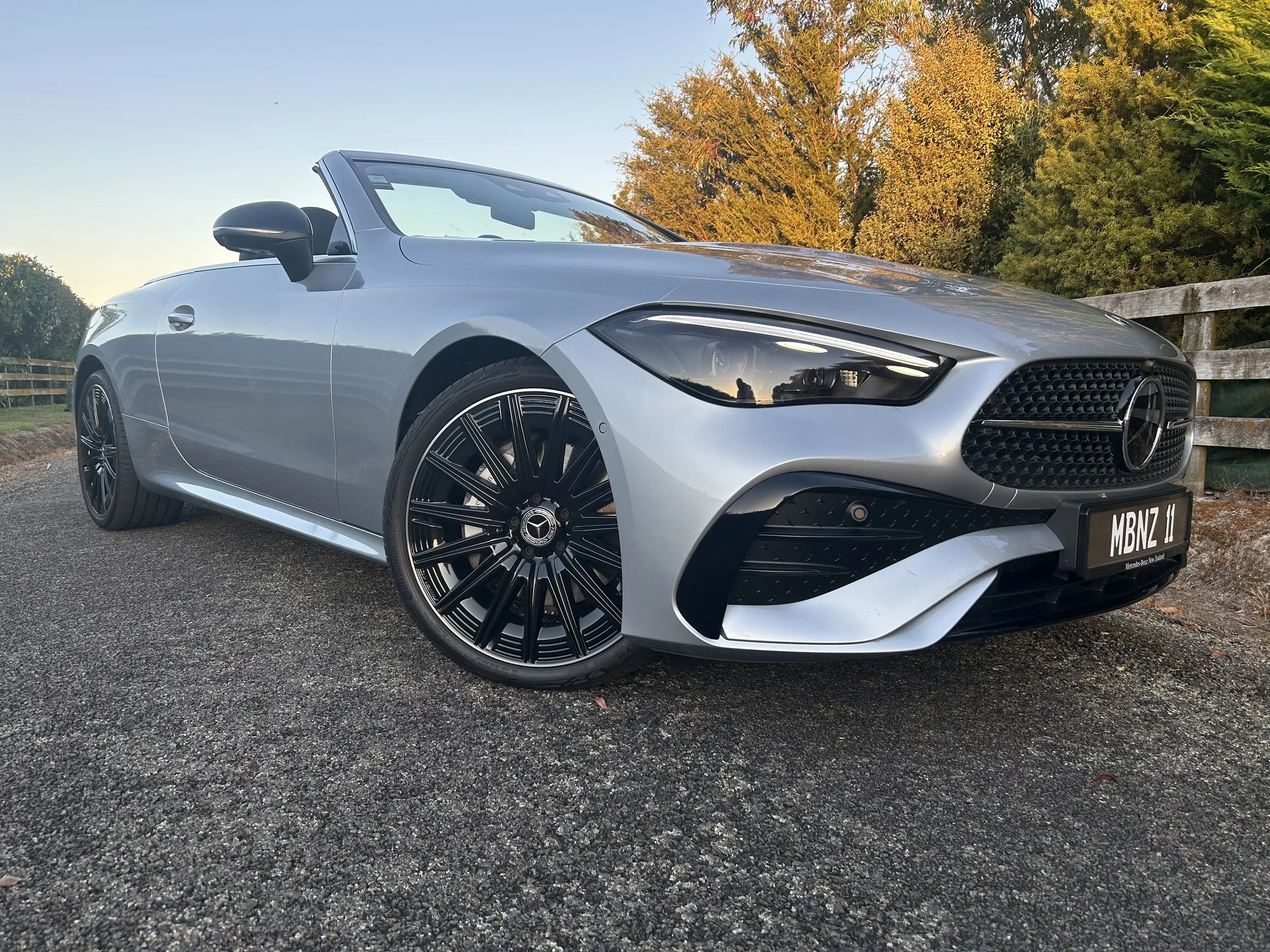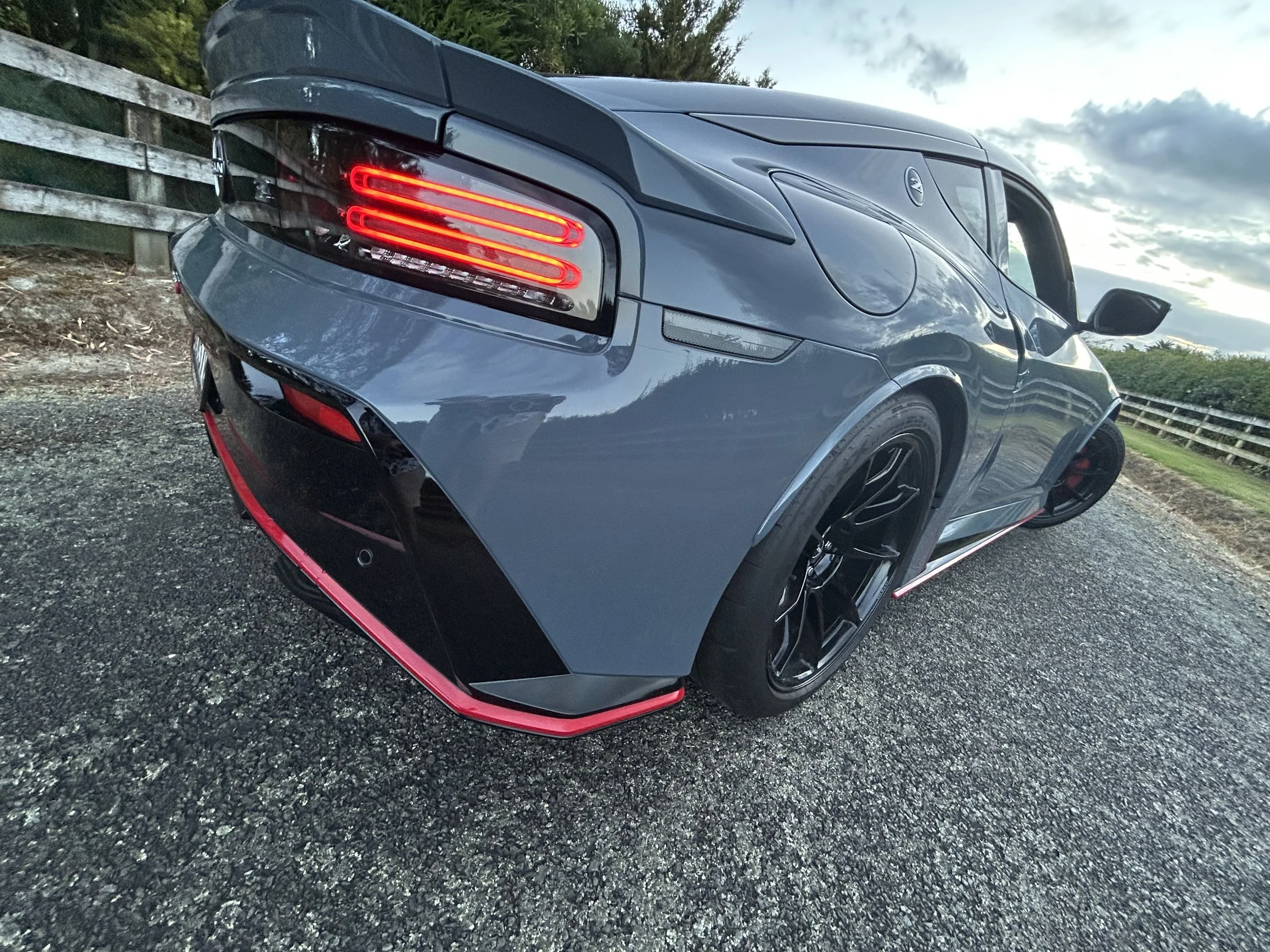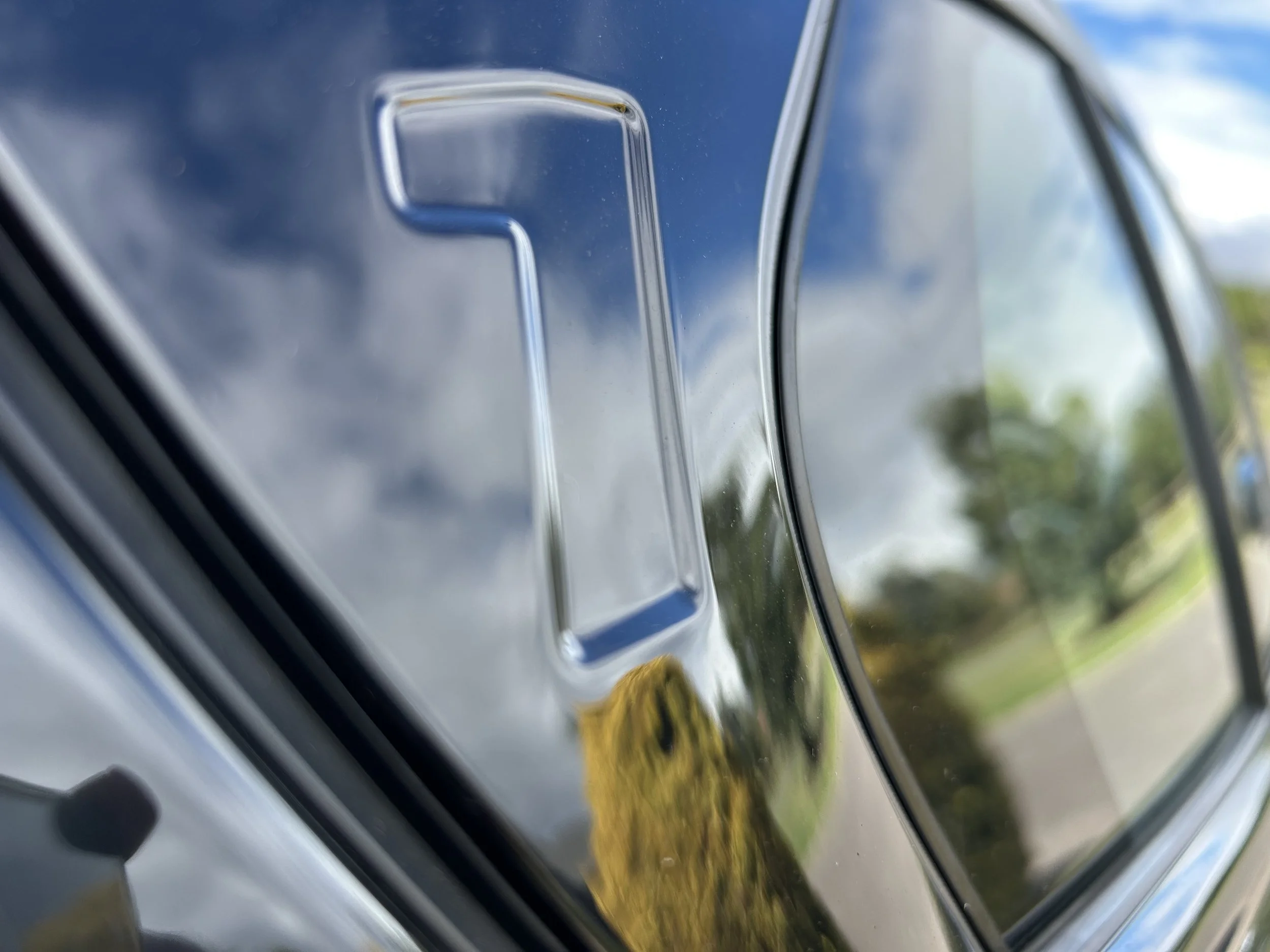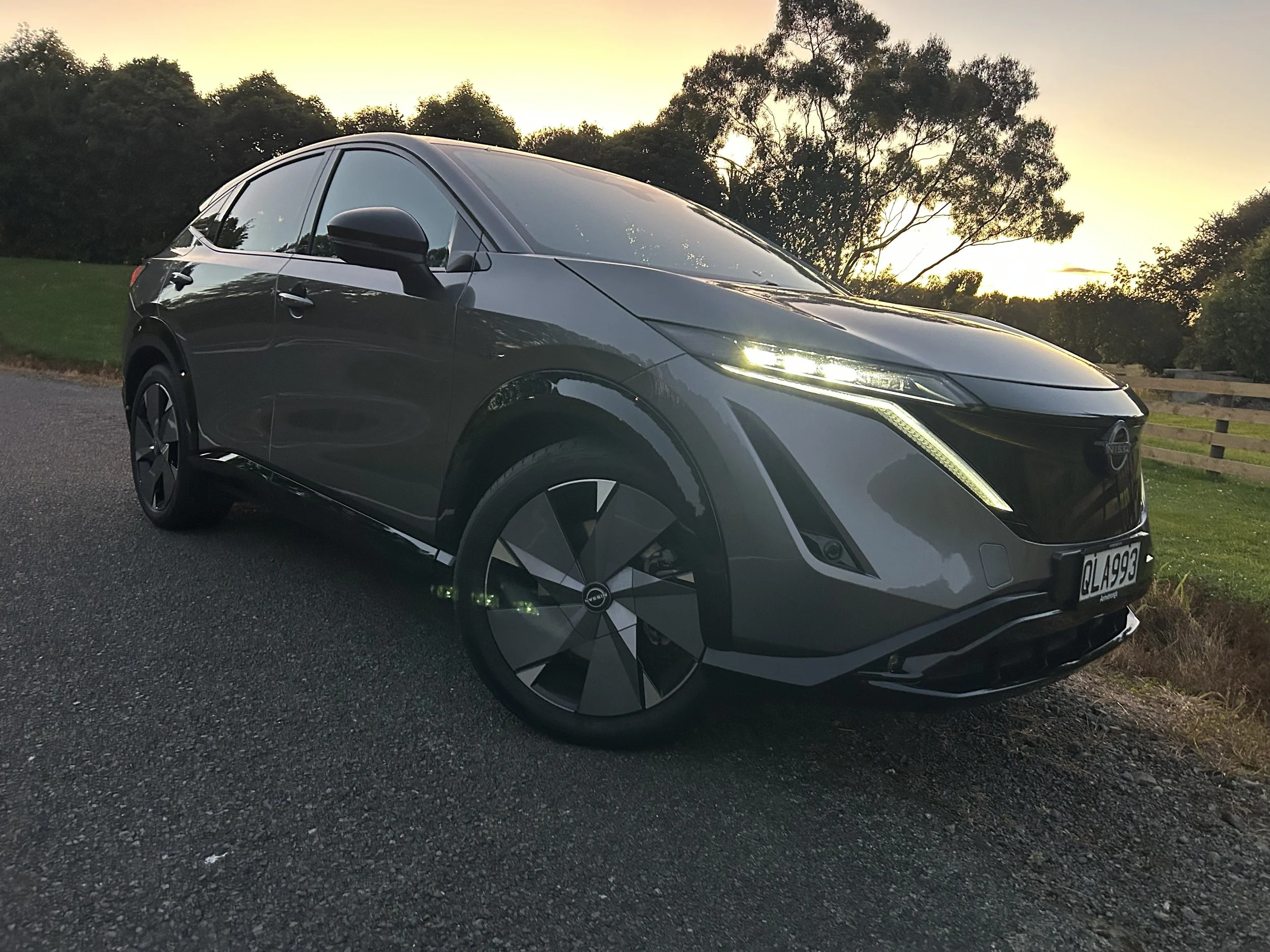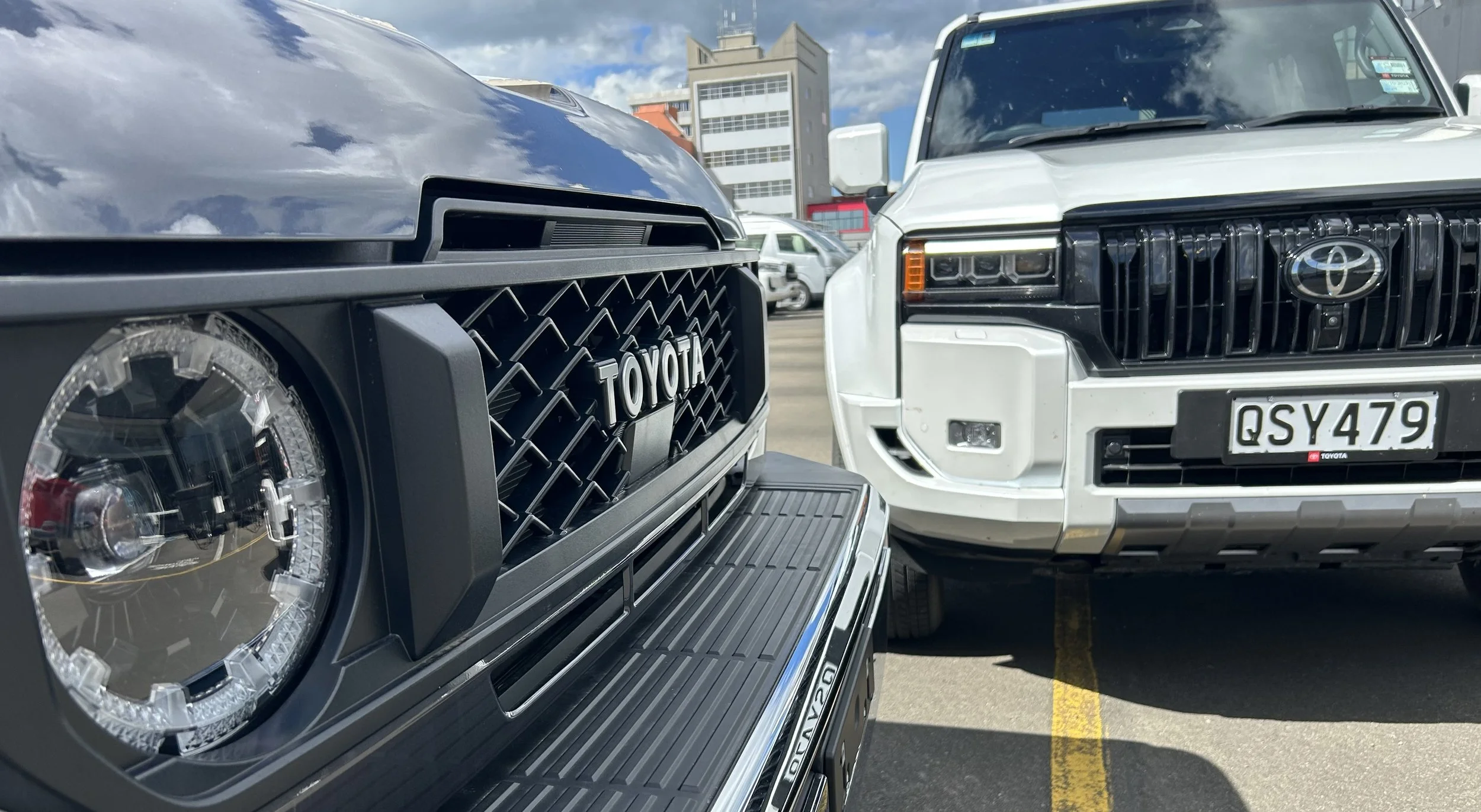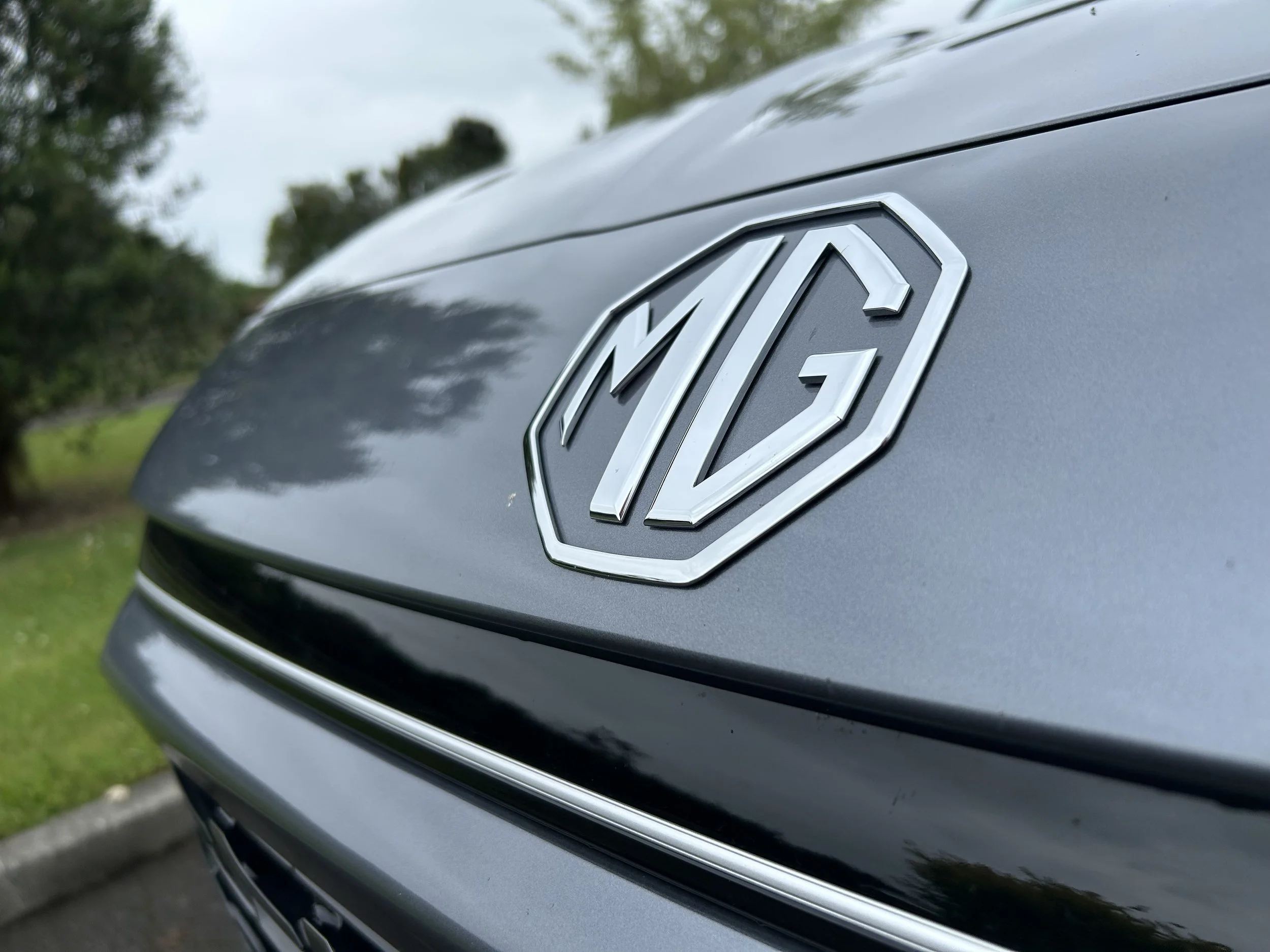Ford's 'big brother' feature implements
/From now on Ford vehicles sold new here will wirelessly bond to the internet.
THE BLUE Oval has become the first blue collar car brand in the New Zealand market to achieve a feature until now restricted to high-end marques – an ability to operate key features remotely via your cell phone.
Ultimately all Ford passenger and light commercial models sold in New Zealand seem set to benefit from the FordPass app, which provides a host of connected services and remote functions, but in today’s announcement the brand says it will only have immediate full benefit for Ranger, Everest and Transit coming into the market now.
It is understood the Focus will be next off the line, probably at year-end, with remaining models coming up to speed by early 2021.
Ford’s system has similar operability to systems that have been availed on BMW and Mercedes Benz cars for at least a year.
An owner downloads an app which talks to an in-car modem that contains the most crucial element that isn’t implanted into older models - an internet-connected SIM card. This is securely embedded into the vehicle during assembly, as a precaution against theft.
Though Ford has notified this as a 2020 model year feature, it also impresses that it a running change, so is only fully functional from this period on, so the key is to be aware of the specific designations ‘MY2020.75’ for Ranger and Everest and ‘MY2020.5’ for Transit. Some aspects of the app will operate on earlier vehicles.
At full-strength operability, FordPass allows remote checking of vehicle information such as fuel level, odometer reading, tyre pressures (when fitted with a monitoring system), warranty details and owner’s manual.
You’ll also be able to start/stop, lock/unlock and pre-heat/cool your vehicle remotely, make/change appointments at your Ford dealer and find fuel stations, car parks and other points of interest then send them to you in-car navigation system.
In addition, FordPass Connect allows owners to call roadside assistance, check their car’s service status and history, and be alerted to maintenance and repair issues such as when the oil needs changing or if a bulb needs replacing.
“FordPass Connect is another way we’re bringing smart, simple-to-use real-world technology into the hands of Ford owners and their families,” says Ford NZ’s managing director, Simon Rutherford.
The system’s availability here and in Australia comes some months after it’s rollout in most major markets, but there is a literal saving in being well down the line.
Until recently, a charge applied. When it launched in the US, the debut market, the cost was around $30 per month for a 24-month period.
However, now it is available for download free of charge for Apple and Android devices. It ties in with Google Maps and Wayze, but without using the phone data, so there’s no cost in that respect either.
The system is designed to accept regular software updates, these Ford says being “to guarantee that the vehicle systems and components continue to operate with optimum safety and performance.”
Ford is likely to impress the particular benefit to commercial vehicle operators, in that it can act as a real-time monitoring system to alert whenever there are potential security breaches within vehicles.
Ford’s embracing of connectivity also reaches into vehicle manufacturing processes.
Two weeks ago the brand announced how it and a consortium of partners, including Vodafone, has received British Government backing to introduce 5G connectivity within its manufacturing to speed up the production of electrical vehicles in the United Kingdom, a process that demands a much higher level of automation than comes with assembly of fossil-fuelled product due to safety elements, mainly in respect to battery build and installation.
The updated capabilities allow Ford to focus on the connectivity of the welding machines when manufacturing EVs. Currently for the batteries and electric motors in an electric vehicle, requires 1000 welds, for a single product, Ford explains that this could generate more than half a million pieces of data every minute.
Meantime, Ford NZ says customers can access additional information on FordPass Connect at ford.co.nz/fordpass.














